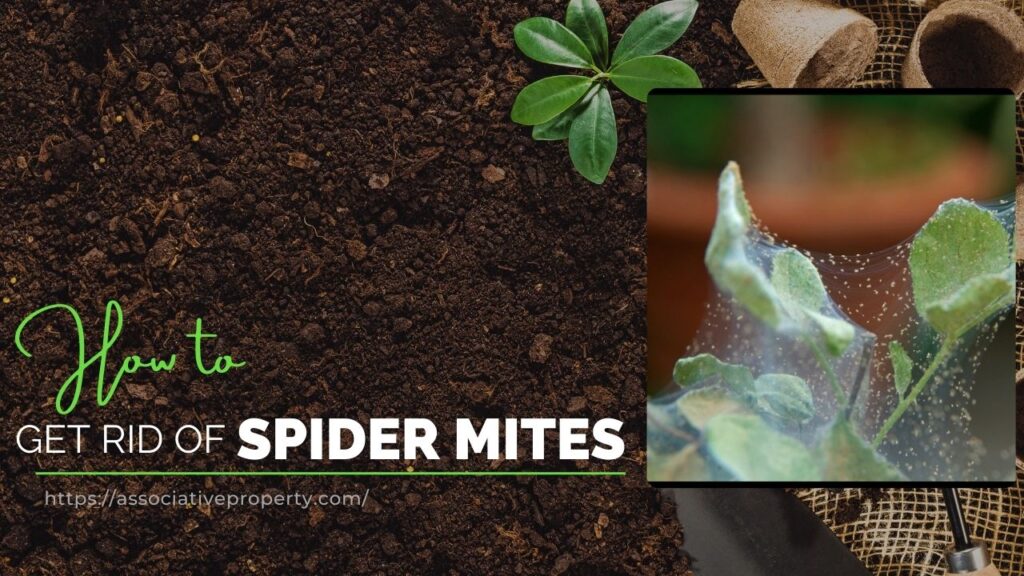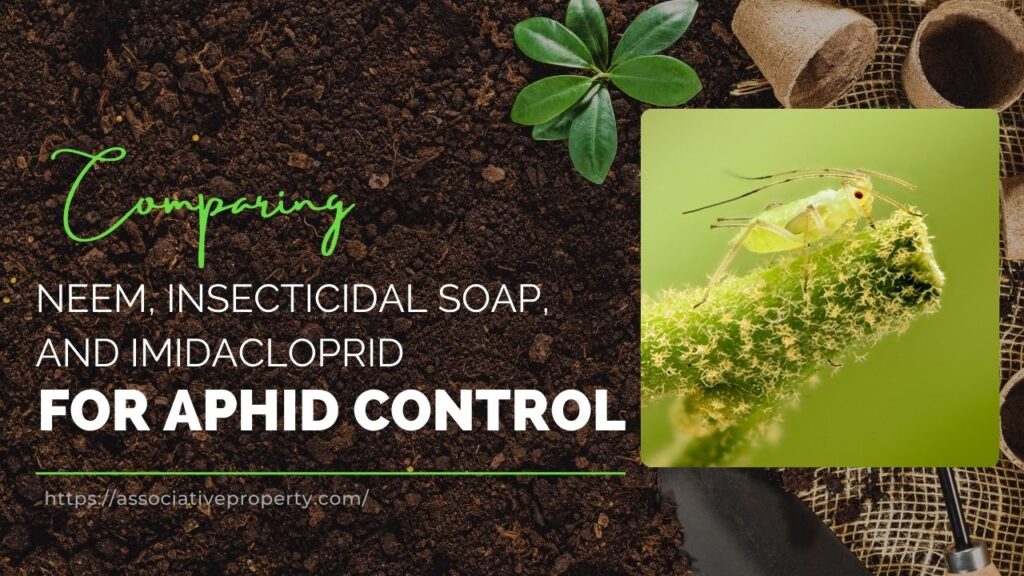If you’ve ever grown tomatoes, then you know the heartbreak of discovering a once-healthy plant ravaged overnight. This happened to me, and the culprit? Tomato hornworms. These sneaky pests are a nightmare for gardeners at any level. What are these?
Let me share how I dealt with them, how you can spot them, understand their life cycle, and most importantly, how to get rid of them without harsh chemicals.
Quick Overview of Hornworm Control Methods
| Method | Effectiveness (1–5) | Effort Level (Low/Medium/High) | Estimated Cost | Notes |
|---|---|---|---|---|
| Hand-Picking | ★★★★★ (5/5) | Medium | Free | Very effective if done daily, especially in early mornings or evenings |
| Garlic & Chili Flakes | ★★★☆☆ (3/5) | Low | Low ($1–$5) | Repellent only, needs reapplication after watering/rain |
| Neem Oil Spray | ★★★★☆ (4/5) | Low | Moderate ($8–$15) | Works well but needs consistent spraying |
| Caterpillar Soap Spray | ★★★★☆ (4/5) | Medium | Low ($2–$5) | Homemade and effective; safe and affordable |
| Lacewings/Ladybugs/Wasps | ★★★★☆ (4/5) | Low (Initial setup) | Moderate ($10–$20 for beneficial insects) | Natural predators help long-term if environment supports them |
| Tilling Soil (Pre/Post Season) | ★★★★☆ (4/5) | Medium | Free if DIY | Helps destroy eggs/pupae; essential for lifecycle control |
| Soil Mulch (Wood Chips etc.) | ★★★☆☆ (3/5) | Low | Low ($5–$10) | Acts as a physical barrier; more effective when combined with other methods |
What Are Tomato Hornworms?
Tomato hornworms are green caterpillars that eventually grow into hawk moths (also known as sphinx moths). They may look fascinating, but they’re extremely destructive. One day your tomato plants look fine, and the next, they’re completely defoliated.
They’re medium to large in size, light green, and decorated with small black and white markings. True to their name, they have a horn-like projection on their back end. While some people find them beautiful and leave them alone, that’s a huge mistake—because they’ll devastate your garden in no time.
Why Are They So Harmful?
These caterpillars:
- Chew massive holes in tomato plant leaves
- Drain the plant’s energy so it can’t focus on fruit development
- Sometimes eat the actual tomatoes
- Stress the plant, reducing its growth and overall health
Even if you miss spotting them directly, you can tell they’re there from the damage: chewed-up leaves and half-eaten tomatoes.
Understanding the Life Cycle of the Tomato Hornworm
Knowing how these pests grow helps in preventing them. Here’s what I learned about their development:
| Stage | Description |
|---|---|
| Adult Moth | Brown hawk moth, 2-8 inches in size |
| Egg | Laid on leaf undersides and in soil, hatches in 3–5 days |
| Larva (Worm) | Green caterpillar stage, feeds aggressively for 18–21 days |
| Pupa | Enters pupation for about a month; inside, the caterpillar becomes liquid |
| Emergence | Hawkmoth emerges, and the cycle begins again |
How I Prevent Hornworms from Attacking My Tomatoes
Here are the natural methods I use to keep hornworms at bay:
1. Physical Barriers
- I cover the soil around my tomato plants with pencil shavings or wood chips. The sharp edges discourage caterpillars from crawling up.
2. Inviting Natural Predators
These beneficial insects love feasting on hornworms:
- Lacewings
- Ladybugs
- Wasps
Encouraging biodiversity in your garden helps nature take care of pests for you.
3. Garlic and Chili Flakes
Hornworms hate the smell of:
- Garlic
- Chili
So, I sprinkle garlic and chili flakes around the soil to repel them naturally.
4. Tilling the Soil
Before and after tomato season, I till the soil. This stirs up the ground, destroying eggs and larvae hidden beneath the surface.
Natural Ways I Remove Hornworms
When prevention isn’t enough, removal becomes necessary. Here are the most effective ways I’ve used:
1. Hand-Picking
Don’t be afraid—hornworms are harmless to humans.
- I pick them off by hand and drop them into a container.
- Then I release them far away, like in a forested area near my home.
2. Homemade Caterpillar Spray
I make my own natural pesticide using:
- 2 tablespoons of dish soap or laundry detergent
- 1 tablespoon of cayenne pepper
- 1 liter of warm water
I mix it up and put it in a spray bottle, then spray the entire foliage of the plant. This deters the hornworms from feeding.
3. Neem Oil Spray
Neem oil has been a game-changer for me.
- It’s extracted from neem seeds.
- Safe for plants, deadly to pests
- It confuses hornworms’ digestion and eventually stops them from eating and reproducing
Just spray it thoroughly over the leaves, and nature takes care of the rest.
Final Thoughts
Dealing with tomato hornworms was a learning curve. But through observation, research, and some eco-friendly tactics, I managed to protect my tomato plants naturally.
So next time you spot one of those green munchers, don’t panic—just pick, spray, and protect!
And remember: Life is better when you garden.
Frequently Asked Questions About Tomato Hornworms
1. Are tomato hornworms dangerous to humans or pets?
No, tomato hornworms aren’t dangerous at all. They don’t bite, sting, or release toxins. They might look a bit scary because of their size and horn, but they’re completely harmless to both humans and pets.
2. Can hornworms affect plants other than tomatoes?
Yes, they can. Tomato hornworms also feed on other members of the nightshade family like:
- Peppers
- Eggplants
- Potatoes
3. When is the best time of day to look for hornworms?
Early morning or late evening is best. That’s when they’re most active and easier to spot. During hot afternoons, they often hide under leaves, so they’re harder to find.
4. Why do hornworms seem to appear overnight?
Because they grow very quickly and eat a lot—almost nonstop. A small worm can double in size in a day or two. So a single hornworm that wasn’t noticeable yesterday might become a plant-destroying machine by tomorrow.
5. What do the white rice-like things on hornworms mean?
If you see a hornworm with tiny white cocoons on its back, that’s actually a good sign! Those are parasitic wasp larvae that are feeding on the hornworm. Leave that worm alone—the wasps will kill it and help reduce the hornworm population.
6. Is it okay to use BT (Bacillus thuringiensis)?
Yes, BT is an organic and safe bacteria-based pesticide. It’s very effective against caterpillars like hornworms. However, use it sparingly because it can also harm beneficial caterpillars like butterfly larvae if sprayed broadly.
7. Can I compost hornworms after picking them?
It’s not recommended to compost live hornworms. They may crawl out or survive for a while. If you want to compost them, freeze them first or make sure they’re dead. Otherwis
Also Read: 10 Easiest Herbs to Grow Indoors


